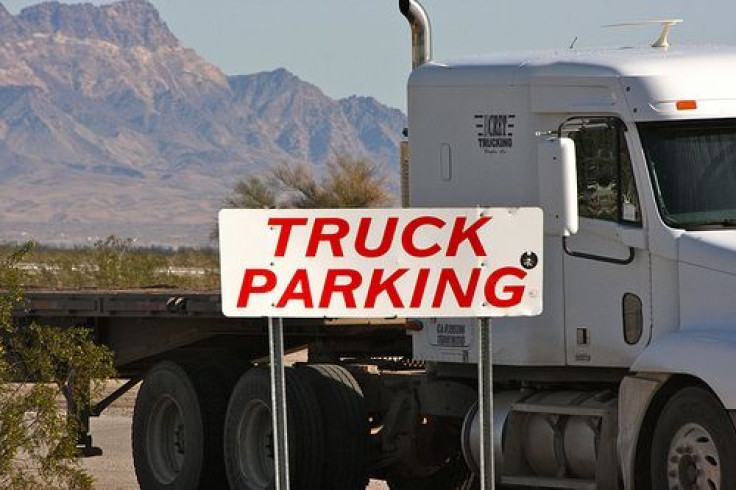Truck Drivers At Risk For Aggressive Prostate Cancer: A Theory Of Vibrations

Long-haul truck drivers already face an increased risk for left-side skin cancer because of the increased exposure to ultraviolet rays through their driver's side window. But according to new research, the risks don’t stop there. Now, scientists say truck drivers have a greater chance of developing aggressive prostate cancer, and the latest theories point toward prolonged vibration as a possible suspect.
Presented at the American Association for Cancer Research, the findings also linked aggressive prostate cancer risks with men who worked in garden shops and in construction and finance. Conversely, they drew no link between cancer and men who worked as exterminators, landscapers, or animal caretakers. Those who were truck drivers faced an aggressive prostate cancer risk four times greater than educators — a profession the researchers used as a baseline, as they presumed educators faced none of the same “whole body vibrations” as truck drivers.
One 2012 study drew the link between cancer professions that experienced these vibrations more frequently. Vibrations have been found in the past to boost testosterone production, which the current research team said may contribute to truck drivers’ risks.
"Truck drivers are on the road for a long period of time," study researcher Dr. L. Joseph Su told the Huffington Post, adding that while newer trucks are better at muffling the noise and vibration of the trucks’ engine, "older trucks have a lot of vibration and bumping of the engine. Long-term vibration from the engine, which is right next to your prostate, for a long period of time,” could raise the driver’s risk for cancer.
The link, Su points out, is not a causal one; it is merely associative. Truck drivers are notoriously obese — a 2007 study found that 86 percent of the estimated 3.2 million truck drivers in the U.S. are overweight or obese, a sizable risk factor for developing prostate cancer. "That's something that I plan to ... look at with my colleagues," Su added. He conceded the present study only examined body mass index and driver diet; future studies would need to consider other metrics.
Other theories regarding prostate cancer risks among truck drivers concern the impeded blood flow from prolonged time spent sitting down. Sitting was found in one 2009 study to seriously increase a man’s risk for prostate cancer, as the seat’s padding compresses the pelvic region and surrounding organs. This build-up of pressure, over time, the theory goes, eventually causes disturbance and dysfunction in the person’s metabolism, ultimately leading to illness and cancer.
“This study recommends that men of all ages try to be active for a total of at least one hour each day,” Dr. Helen Rippon, of the Prostate Cancer Charity, told the Daily Mail. “This doesn't mean you have to ‘go for the burn’ at the gym every evening; walking or cycling will do perfectly well.”
Unfortunately for truck drivers, who often spend their entire days on the road, exercise is limited to what can be performed at truck stops. Worse, the food available at these truck stops may counteract any benefits made through physical activity.
“Everything’s fried, fried, fried — chicken, hot dogs, hamburgers, chili, burritos, corn dogs,” Bill Johnson, 50, of Lubbock, Texas, a 25-year veteran driver, told the New York Times.
Aside from non-melanoma skin cancer, prostate cancer is the most common type of cancer in men, according to the Centers for Disease Control and Prevention. In 2010, the most recent year data is available, 196,038 men in the U.S. were diagnosed with prostate cancer.



























